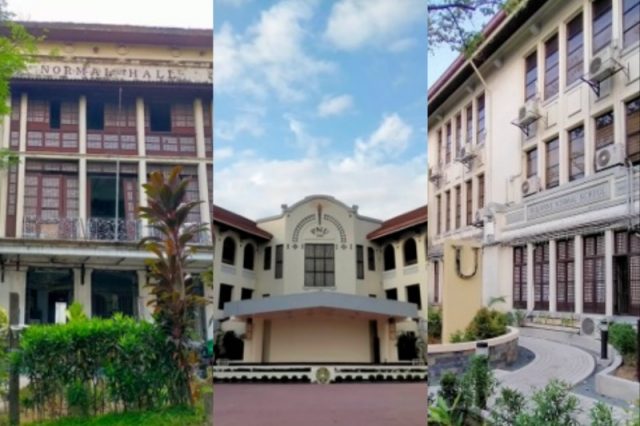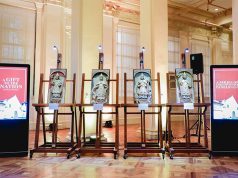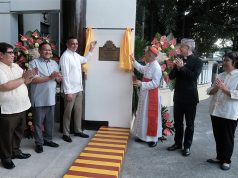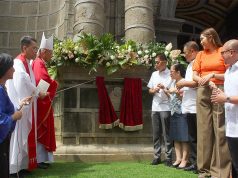
Three buildings of a 122-year-old university in Manila were officially recognized as an important part of the country’s heritage.
The Philippine Normal University (PNU) announced on Wednesday, April 26, that the National Museum of the Philippines has designated three of its buildings as “National Cultural Treasures” and “Important Cultural Properties.”
These are the Normal Hall, the Geronimo T. Pecson Hall or the university’s main building, and its Faculty Center.
The museum also gave a marker that symbolizes the sites’ historical and cultural significance, as well as an indicator of their recognition as important parts of the country’s heritage.
The heritage buildings were recognized as such by virtue of the National Cultural Heritage Act of 2009 or Republic Act 10066.
The act provides for the protection and conservation of the national cultural heritage, as well as strengthening the National Commission for Culture and the Arts and its affiliated cultural agencies, and for other purposes.
PNU said that the decision was made in December 2018 through a deliberation conducted by a panel of experts, affirmed by National Museum Director-General Jeremy Barns, and approved via Museum Resolution No. 1-2018.
The sites
PNU was established in 1901 as the Philippine Normal School.
It was the first institution of higher learning that was established during the American occupation of the country.
The university’s main building was built in 1912 and was originally called the Philippine Normal School Building.
The Normal Hall, meanwhile, was constructed in 1914 and served as PNU’s main student dormitory.
The university’s Faculty Center, on the other hand, was the former Training Department Building reconstructed in 1950 and used as a training center for teachers.
What do the designations mean?
The law defines “National Cultural Treasure” as “a unique cultural property found locally, possessing outstanding historical, cultural, artistic and/or scientific value which is highly significant and important to the country and nation, and officially declared as such by pertinent cultural agency.”
Meanwhile, it defines “Important Cultural Property” as “a cultural property having exceptional cultural, artistic and historical significance to the Philippines, as shall be determined by the National Museum and/or National Historical Institute.”
Cultural properties can be categorized as the following:
- National Cultural Treasures
- Important Cultural Property
- World Heritage Sites
- National Historical Shrine
- National Historical Monument
- National Historical Landmark
Cultural properties declared as “National Cultural Treasures” are entitled to receive the following:
- Priority government funding for protection, conservation, and restoration
- Incentive for private support of conservation and restoration through the Commission’s Conservation Incentive Program for national cultural treasures
- Official heritage marker placed by the cultural agency concerned indicating that the immovable cultural property has been identified as national cultural treasures and/or national historical landmarks, sites or monuments
- It shall be given priority protection by the government in times of armed conflict, natural disasters, and other exceptional events that endanger the cultural heritage of the country
For those declared as “Important Cultural Properties,” it may also receive government funding for their protection, conservation, and restoration, as well as an official heritage marker.









